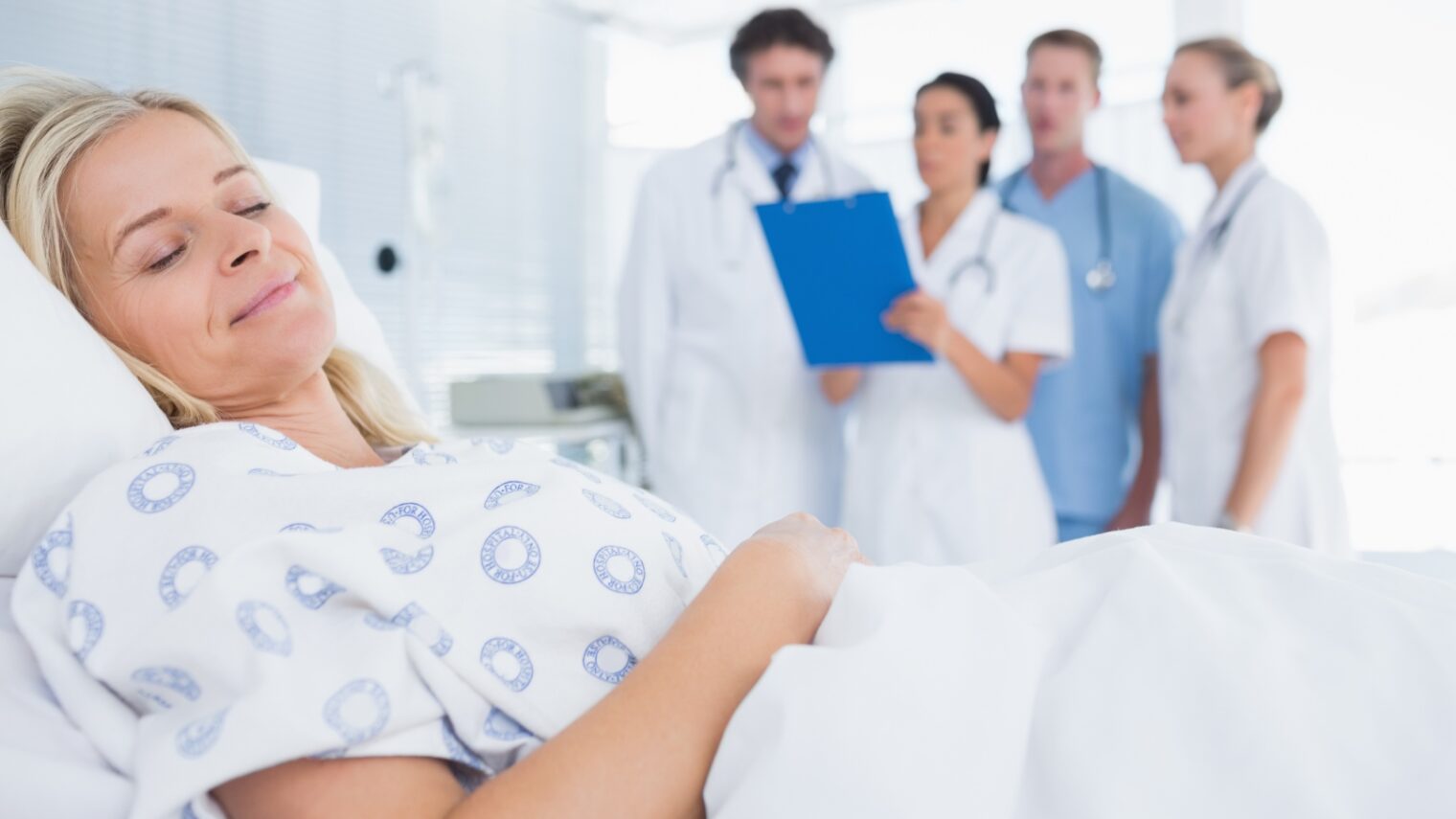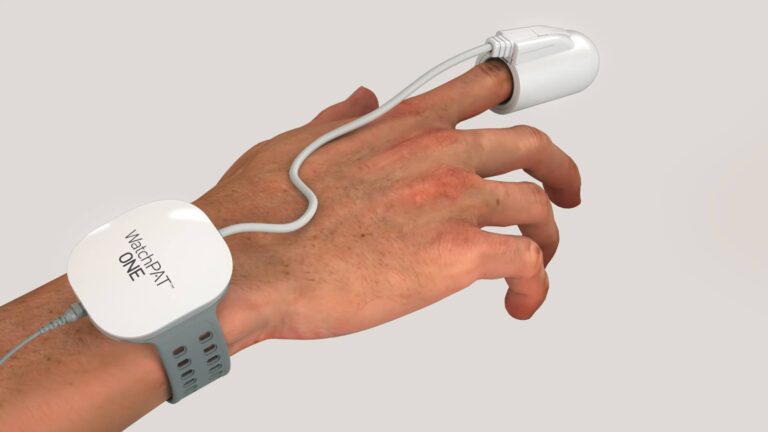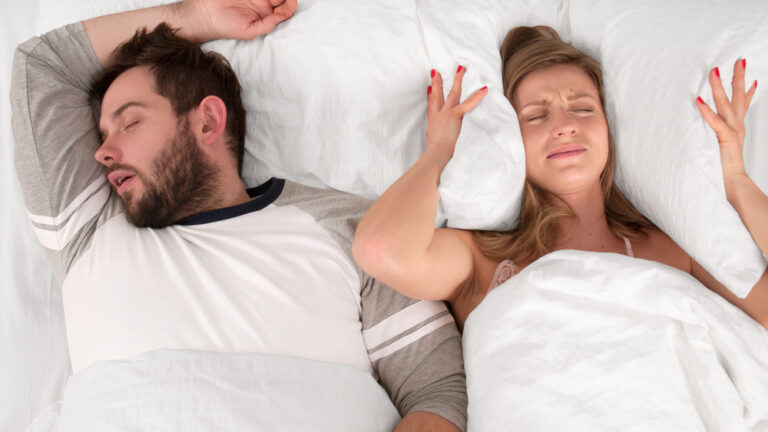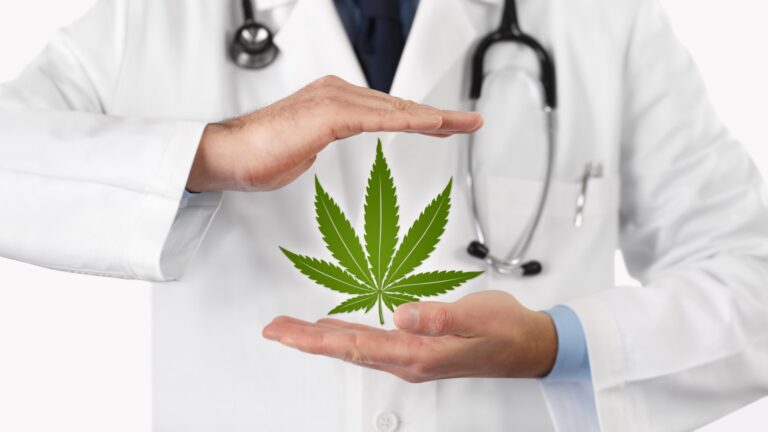An audio-analysis technology developed in Israel for smart devices can assess sleep-wake disorders such as obstructive sleep apnea (OSA) while the user is awake, at home and not hooked up to machines or sensors.
“Now we will be able to get a fast, OSA severity estimation without an overnight sleep study,” said Dr. Yaniv Zigel, head of the Biomedical Signal Processing Research Lab at Ben-Gurion University of the Negev and Prof. Ariel Tarasiuk, head of the Sleep-Wake Disorders Unit at Soroka University Medical Center in Beersheva.
Currently, patients are diagnosed using overnight polysomnography (PSG) to record brain waves, blood oxygen level, heart rate, breathing, and eye and leg movements overnight.
The new system, which does not require contact sensors, could be installed onto a smartphone or other device that utilizes ambient microphones. It analyzes speech during waking hours and records and evaluates overnight breathing sounds using new technology that is simpler and significantly less expensive than PSG.
“All sleep studies conducted in laboratory or at-home settings currently require subjects to be connected to numerous electrodes and sensors,” explains Eliran Dafna, a BGU PhD student in biomedical engineering who developed the breathing-sound system in the university lab.
“Processing the data on sleep-wake states and corresponding aspects of physiology is time-consuming, tedious and costly because of its complexity and the need for technical expertise. The market is begging for a better solution,” said Dafna.
Reliable readings
Researchers have tested the new speech and breathing sound analysis system on more than 350 subjects, along with standard PSG, in laboratory and at-home settings. The system proved capable of producing reliable readings regarding sleep-quality parameters such as sleep-wake activity, snoring severity and OSA.
“We are excited about this non-contact sleep tracking system, which does not require patients to wear uncomfortable monitoring equipment on their body,” said Tarasiuk. “This application can also be very useful for CPAP (continuous positive airway pressure) machine users who want to check the effectiveness of their sleep apnea therapy.”
The American Sleep Apnea Association estimates that 22 million Americans suffer from the malady and that as many as 80 percent of moderate to severe OSA cases go undiagnosed.
“One of the main goals of sleep medicine today is to improve early diagnosis and treatment of the flood of subjects presenting with sleep disorders,” said Tarasiuk.
“Our non-contact speech signal analysis can assist in early diagnosis of OSA and sleep disorders. By using smartphone technology it is possible to estimate the number of apnea and hypopnea events for each hour of sleep even in awake subjects.”
The researchers said the speech-analysis system could be incorporated into smart devices that are portable or stationary, and could also be made available in public locations or in clinics. They are working toward commercializing the system sometime in the future.
















